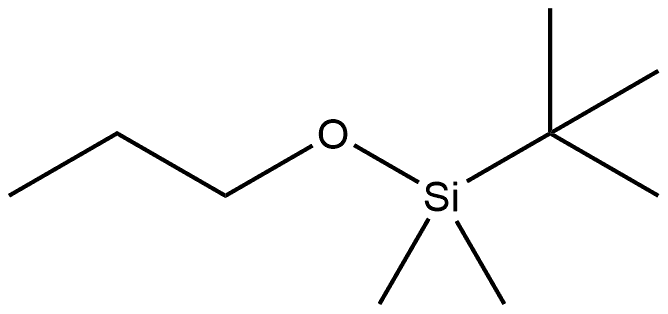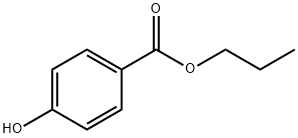
Propylparaben synthesis
- Product Name:Propylparaben
- CAS Number:94-13-3
- Molecular formula:C10H12O3
- Molecular Weight:180.2
Yield:94-13-3 93.4%
Reaction Conditions:
with methanesulfonic acid;trimethyl-(2-hydroxyethyl)ammonium chlorideReflux;
Steps:
3.1; 3.2; 3.3 Example 3 Preparation of parabens:
In the first step, 1 mol of choline chloride and 2 mol of methanesulfonic acid were added to the reaction vessel, and the mixture was stirred at 80 ° C until the total dissolution was low. Co-melting solvent;In the second step, after cooling the reaction system to room temperature, 1 mol of p-hydroxybenzoic acid and 1.2 mol of n-propanol are added, the temperature is slowly raised, and the reaction is refluxed, and TLC is monitored until the end of the reaction;In the third step, the reaction solution is cooled to room temperature, a solid is precipitated, suction filtration, and the filter cake is washed with a small amount of water.The paraben was obtained, the yield was 93.4%, m.p. 96-97 ° C; the filtrate was recovered to obtain a eutectic solvent.
References:
CN109970557,2019,A Location in patent:Paragraph 0042; 0043; 0044; 0045; 0046; 0047; 0048

71-23-8
800 suppliers
$12.00/100g
201230-82-2
1 suppliers
inquiry

108-95-2
786 suppliers
$14.00/25g

94-13-3
818 suppliers
$16.00/25g

71-23-8
800 suppliers
$12.00/100g
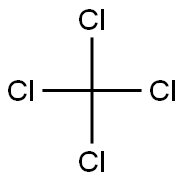
56-23-5
0 suppliers
$25.00/10ml

108-95-2
786 suppliers
$14.00/25g

94-13-3
818 suppliers
$16.00/25g
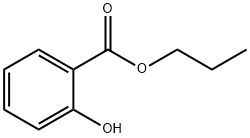
607-90-9
82 suppliers
$45.00/2.5g
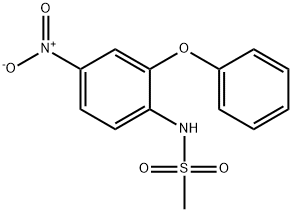
51803-78-2
555 suppliers
$5.00/25mg

94-13-3
818 suppliers
$16.00/25g
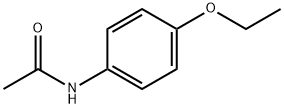
62-44-2
510 suppliers
$20.00/25g
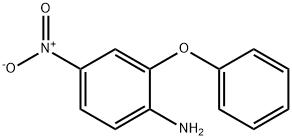
5422-92-4
44 suppliers
$151.00/n0845008
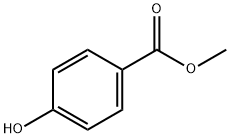
99-76-3
813 suppliers
$5.00/25g
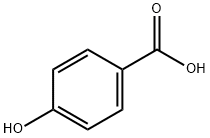
99-96-7
823 suppliers
$5.00/10g
